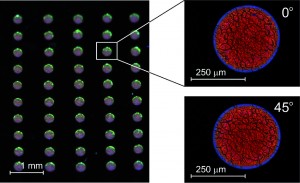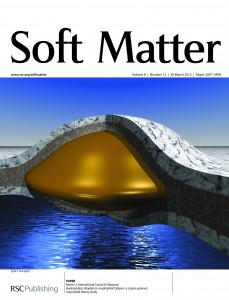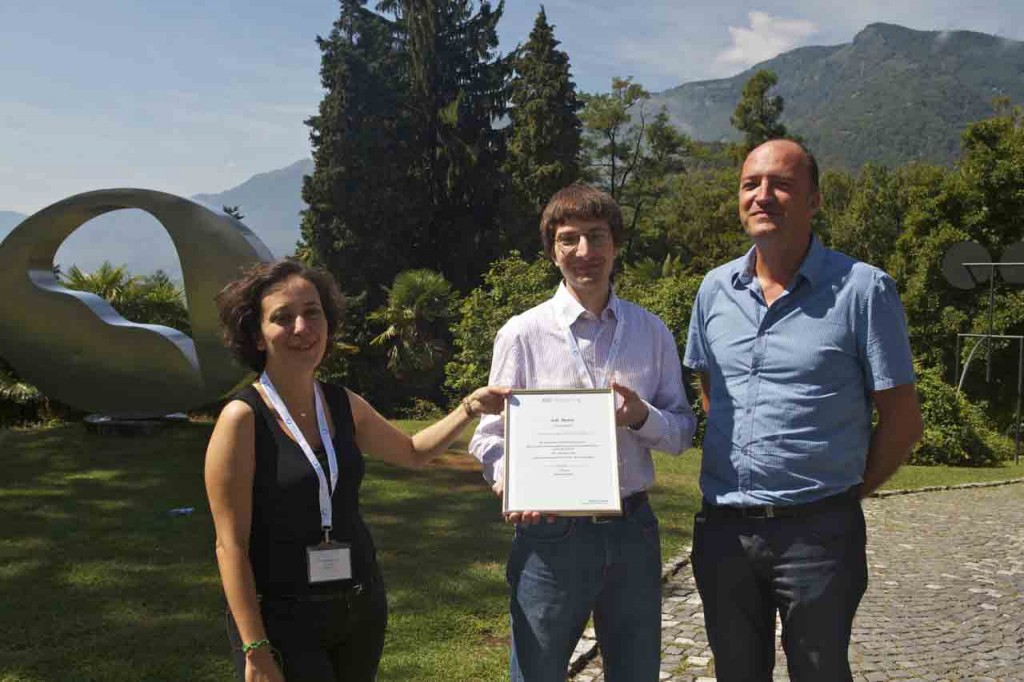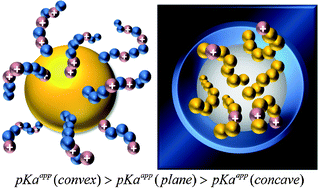 A Soft Matter paper by groups from the Centre of Molecular Materials for Photonics and Electronics and the Inkjet Research Centre at the University of Camrbidge has appeared in a BBC News story. The paper describes the inkjet printing of liquid crystals on to a wet, solution-based polymer with precise control over droplet size.
A Soft Matter paper by groups from the Centre of Molecular Materials for Photonics and Electronics and the Inkjet Research Centre at the University of Camrbidge has appeared in a BBC News story. The paper describes the inkjet printing of liquid crystals on to a wet, solution-based polymer with precise control over droplet size.
Printed photonic arrays from self-organized chiral nematic liquid crystals
D. J. Gardiner, W.-K. Hsiao, S. M. Morris, P. J. W. Hands, T. D. Wilkinson, I. M. Hutchings and H. J. Coles, Soft Matter, 2012, 8, 9977.
The BBC news story can be found here.
Don’t forget to keep up-to-date with all the latest research you can sign-up for the Soft Matter RSS feed or Table of contents alert.
To keep up with the journal news you can Like us on Facebook or Follow us on Twitter.

















 A Soft Matter paper has been highlighted on the science news website Science Daily. In the Soft Matter paper (
A Soft Matter paper has been highlighted on the science news website Science Daily. In the Soft Matter paper (